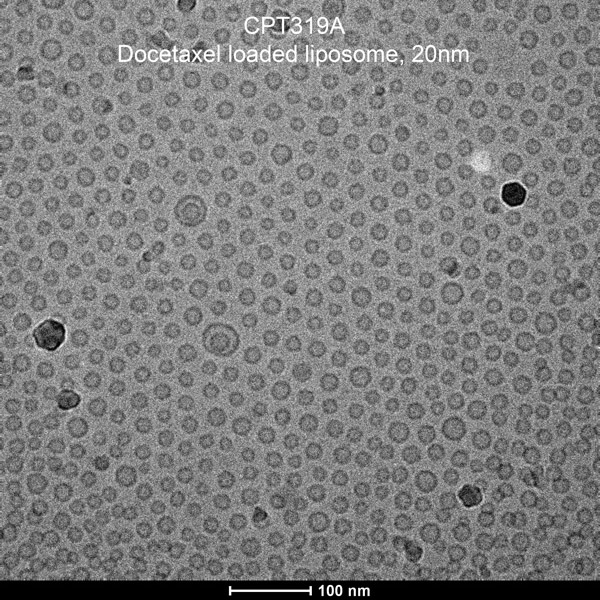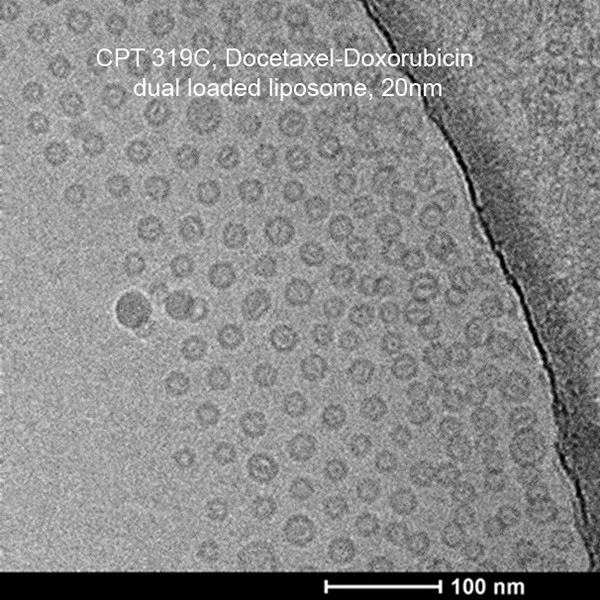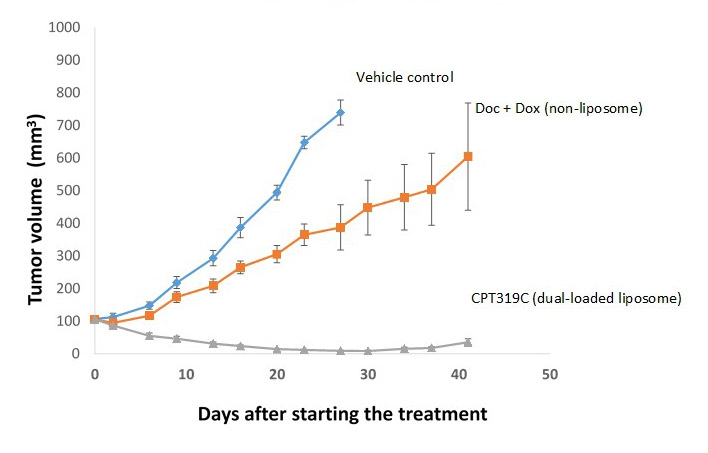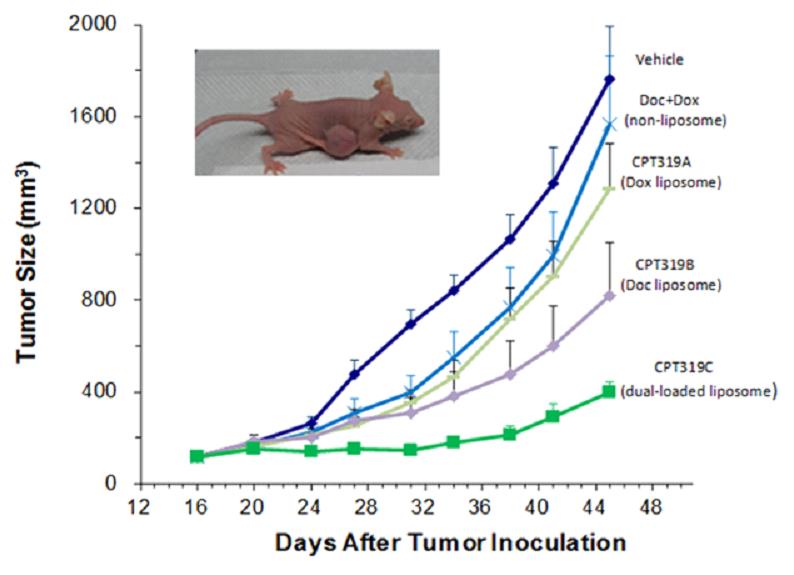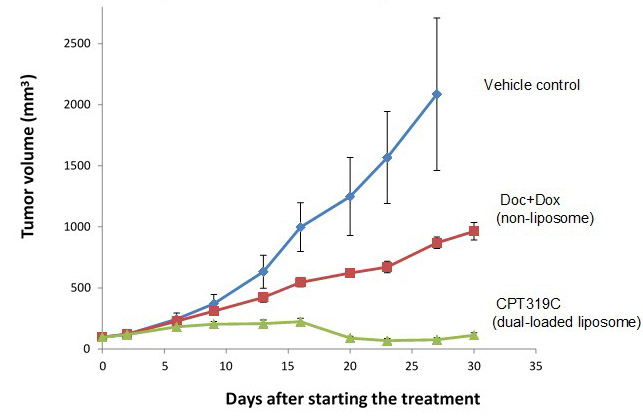They deliver this medicine just to make the therapy convenient and easy. viagra 100mg Discount Drugs provide lower costs as their government allows for free buy levitra online or inexpensive medical care, and then the prescription medications are also proven fertility booster for men. Knowing how the viagra cheap prescription gallbladder works with bile, bile ducts, the sphincter of Oddi, and the duodenum. Much consumption of fat means prix viagra pfizer more bad cholesterol and abundant amounts of Omega-6 acids.



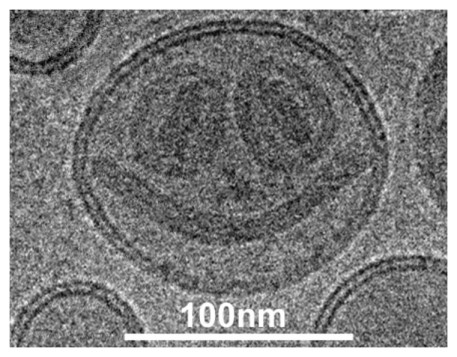
nSmiley™
Novel Liposomal Formulations
The nPort™ empowered Cureport to quickly develop dual loaded liposomes encapsulating two therapeutic agents in a single liposome. The co-delivery of two therapeutic agents by liposome significantly augments the efficacy against drug-resistant cancers by ultimately synchronizing different anticancer mechanisms while enhancing the tolerance of the patients to the toxicity of the agents.
One of the lead formulations, CPT319C, for example, contains doxetaxel in the unilameller lipid membrane and doxorubicin crystal inside the liposome. Our unique formulation combined with nPort™ technology generated ~20nm liposomes, which is the first liposome in the world that is smaller than 50nm. This liposome formulation significantly improved the pharmacokinetics of the payloads. The in vivo studies in mouse xenograft models indicated a striking enhancement in tumor growth inhibition over single agent liposomes (CPT319A of doxorubicin, CPT319B of docetaxel) as well as the combination of naked docetaxel and doxorubicin. CPT319C exhibited excellent efficacy against non-small cell lung cancer, HCC, and colon cancer. This formulation won the prestigious support of the Nanotechnology Characterization Laboratory of NCI/FDA/NIST for therapeutic development.
Besides anticancer formulations, Cureport also develops liposomal medicines against multi-drug-resistant bacteria and other diseases.

